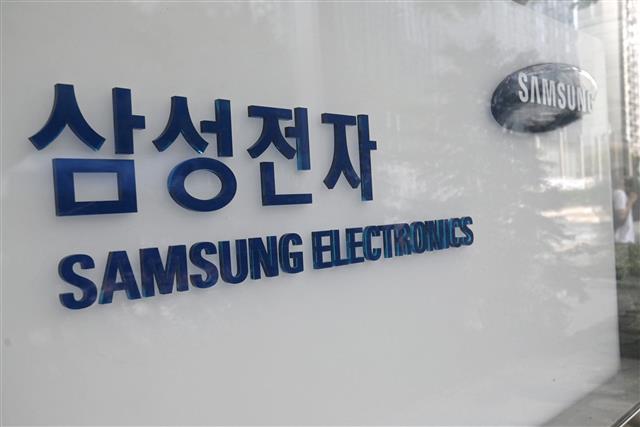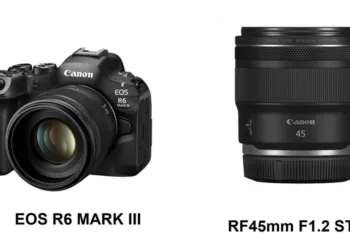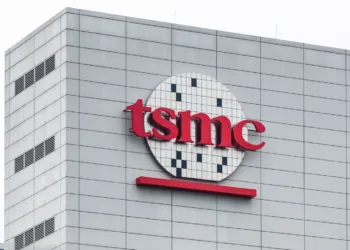Following the US Department of Commerce’s blacklisting of China-based YMTC, Samsung hiked the pricing of its 3D NAND flash memory devices by 10% in the first half of December. According to a DigiTimes article, because several PC makers have temporarily ceased their collaboration with Yangtze Memory, demand for 3D NAND from other manufacturers has surged, prompting Samsung to raise its bids.
Following its inclusion on the DoC’s Unverified List, US legislators have publicly labelled YMTC as a threat to national security (UVL). As a result, Apple opted not to purchase 3D NAND from Yangtze Memory, even for iPhones that would be distributed in China.
Other PC OEMs appear to have followed suit and suspended their work with the Chinese flash memory manufacturer, either because they did not want to be involved in a political scandal or because they were unsure whether YMTC could supply enough memory on time, now that it can’t get tools from US-based companies without an export licence issued by the Commerce Department’s Bureau of Industry and Security.

As a result, demand for 3D NAND memory produced by other manufacturers, including as Micron, Samsung, and SK Hynix, rose, and market leader Samsung even opted to raise its 3D NAND prices to capitalise on the situation, according to the report.
It is unknown how Samsung’s increase in contract 3D NAND pricing for the first half of December would effect 3D NAND prices in general, and solid-state drive prices in particular. Quotes for 3D TLC memory have been stagnant for months, therefore a little increase will be welcomed by flash memory producers. Meanwhile, Samsung doesn’t sell a lot of 3D NAND to other SSD makers, especially those who make some of the best SSDs on the market, so Samsung’s actions shouldn’t have a large impact on SSD costs.
What remains to be seen is when Micron, Samsung, and SK Hynix’s lower 3D NAND output will have an effect on the market. TrendForce predicts that while actual device manufacturers have plenty of 3D NAND on hand, the impact of production reduction would not be felt until Q4 2022, and no estimates are made for Q1 2023.
Also Read:







